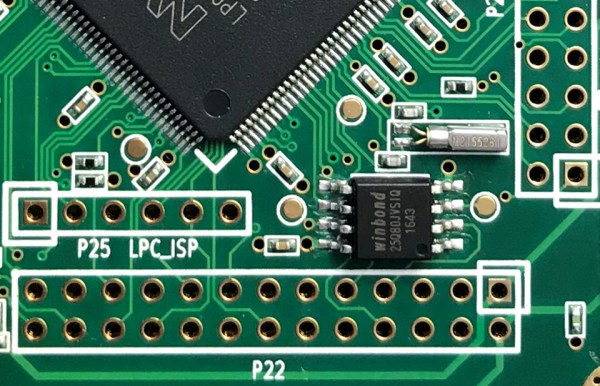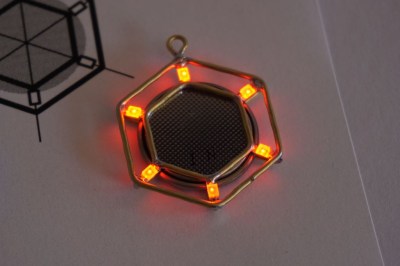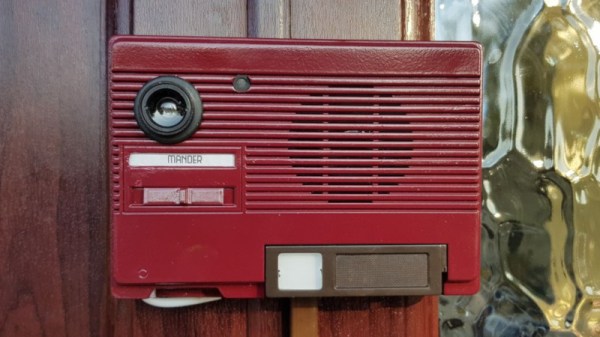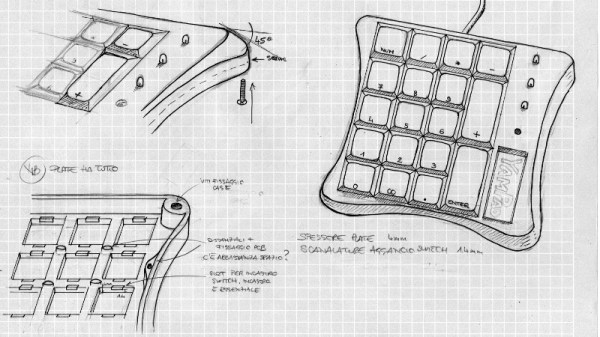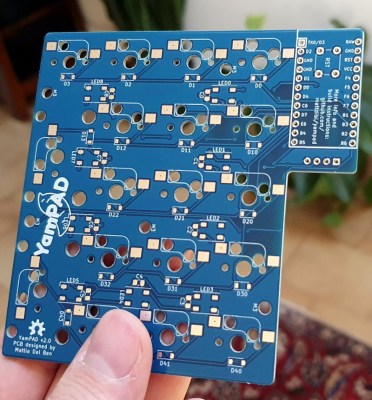It’s now possible to source chip-on-board LED modules that have huge light output in a simple, easy to use package. However they can have major power requirements, and cheaper modules are also susceptible to dead spots. [Heliox] put together a great LED lamp design the old-school way, showing there’s more than one way to get the job done.
Standard SMD LEDs are the order of the day here. The LEDs are laid out on protoboard in neat rows, making them easy to solder in place. This also makes power distribution a cinch, with the copper traces carrying the power to each row. Power is courtesy of 18650 lithium batteries installed in the back of the 3D printed housing. A GoPro-style mount is printed as part of the case, allowing the lamp to be easily mounted in a variety of ways.
It’s a quick, cheap and easy way to build a versatile LED lamp. With a diffuser installed and integrated USB charging, we could see this making an excellent portable device for on-the-go videographers or technicians. We’ve seen [Heliox]’s LED creations before, too. Video after the break.
Continue reading “LED Panel Lamp Is A Great Way To Use Protoboard”


